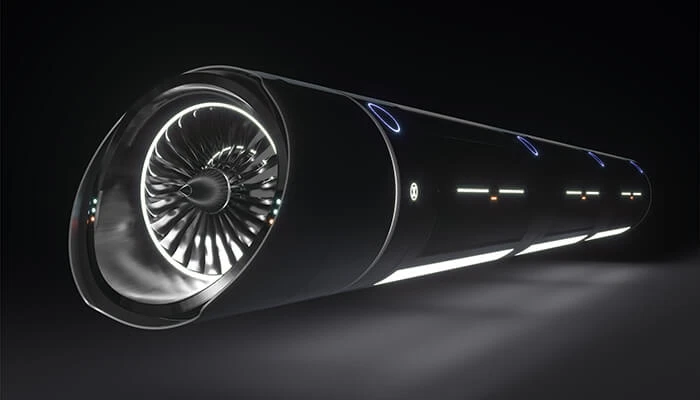- AutoCAD
- Revit
- Civil 3D
- AutoCAD LT
- BIM Collaborate Pro
- Inventor
- Fusion
- Fusion extensions
- Navisworks
- 3ds Max
- Maya
- Arnold
- Flow Capture
- Flow Production Tracking
- View all products
- View Mobile Apps
- Architecture, Engineering & Construction
- Product Design & Manufacturing
- Media & Entertainment
- Buying with Autodesk
- Pay as you go with Flex
- Special offers
- Help with buying
- Industry solutions
- Educational access
- Start a trial
- Download your software
- Download file viewers
- Product support
- System requirements
- Download your software
- Updates
- File viewers
- Students and educators
- Installation
- Account management support
- Educational support
- Partner Finder
- Autodesk consulting
- Contact support
- Learning
- Certification
- Training
- Autodesk University
- Conferences and events
- Success planning
- Coaching
- Autodesk Community
- Groups
- Blogs
- Developer Network
- Autodesk Customer Value
- 0
- ASEAN (English)
- Australia
- België
- Belgique
- Brasil
- Canada (English)
- Canada (Français)
- Česko
- Danmark
- Deutschland
- España
- Europe (English)
- France
- Hong Kong (English)
- India (English)
- Italia
- Latinoamérica
- Magyarország
- México
- Middle East (English)
- Nederland
- New Zealand
- Norge
- Österreich
- Polska
- Portugal
- Singapore (English)
- Suomi
- Sverige
- Schweiz
- South Africa (English)
- Suisse
- Svizzera
- Türkiye
- United Kingdom
- United States
- 中国大陆地区
- 台灣地區
- 日本
- 한국







